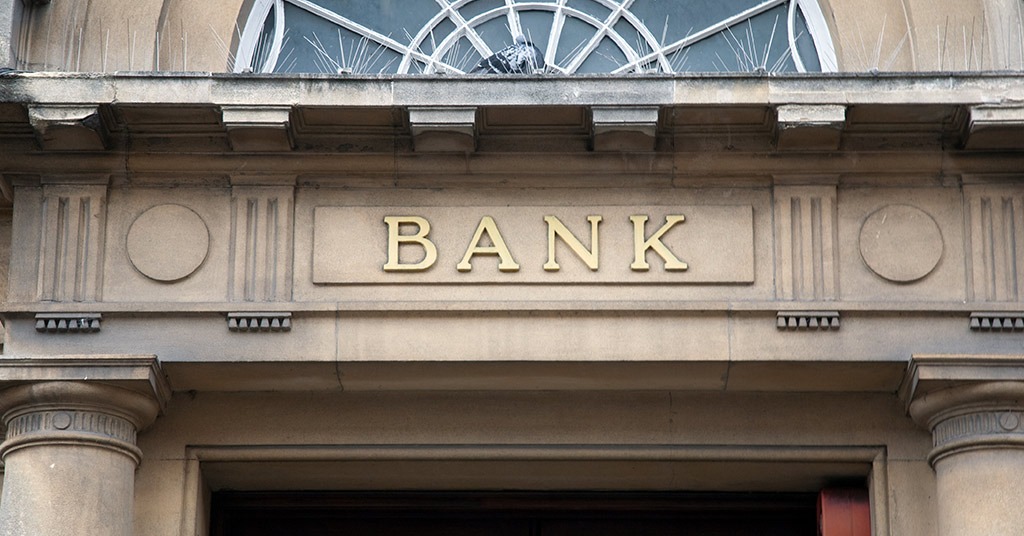Why would Fintech grow, and what do consumers expect from it?

The future of Fintech: upcoming trends & development vector. Part 1. Source: shutterstock.com
We are here today to discuss Fintесh. More specifically, it is about the future of Fintесh. Whereas this term used to be nothing but a fancy word, it is now more than just a definition. It defines the whole market, and is used interchangeably to describe both technology-driven innovation across financial services (FS) and a specific group of firms that combine ground-breaking operating models with tech solutions to enable, enhance, and disrupt the FS sector.
CHECK OUT: Top fintech podcasts you should listen to
We hope (actually, we’re pretty sure) that you are familiar with this term. At the very least, you’ve heard of it at least a couple of times. Well, we’re not going to dedicate the whole article to the definition Fintech, since it is not so hard to find it on the World Wide Web. Moreover, it’s not rocket science here. We’ve got a better idea. As we’ve mentioned before, we’ll consider the possible future of Fintech, along with other related things, such as trends and reasons for its possible growth.
The global Fintech investments market feels confident now more than ever. Markets outside the industry’s leading countries (the United States, Britain, and China) seem to feel comfortable as well. Let’s remember a few things from the past few years. For example, the United States was actually the largest market worldwide in 2018. Fintесh projects gained about 660-700 investments worth around $1.9B. Even though today the situation has changed (we’ll tell you about that later), the US and UK are still confident players.
What about perspective? The most actively growing region is Southeast Asia. Some experts say the growth rate is up to 143% in annual terms (but it could be even more). Local startups receive funding from foreign investors. In early 2019, the active expansion of the market was carried out by Art Financial (a subsidiary of the Alibaba Group) in partnership with local companies.
That’s how it was going. Now, let’s take a closer look at prospective directions of Fintech.
Promising development vectors
Competition with conventional banks

Fintесh startups rival with the conventional banking system. Source: shutterstock.com
Fintесh startups rival with the conventional banking system. They can establish their own banks, and they are applying for banking licenses boldly nowadays.
Financial regulators tend to lower requirements worldwide. That means Fintech firms can appear on the market faster/easier.
For instance, the UK Financial Services Authority used to issue pilot limited licenses, in particular, a license to operate electronic money transfers. And that move has been profitable for some companies. Let’s consider Revolut, for example. The UK unicorn managed to enter the market nice and easy (and much faster than it could be). Moreover, the bank started operating money transfers partnering with a licensed bank. Such a solution, at a minimum, saved some time for the company, as well as saved some money. In 2018, Rеvоlut received a license in the UK. Today, the unicorn is developing new plans on how to enter/develop in other countries, but generally, the unicorn’s representatives believe that they will use the same strategy.
CHECK OUT: Digital Banking Age: how to remain competitive
Consider, for comparison, the German firm Solaris Bank. It provides projects/startups that wish to attract cash deposits with the Banking-as-a-Service. Thus, the project’s basis/infrastructure can become a good platform for creating a quasi-bank.
Open Banking development

A lot of financial institutions offer open APIs that ensure secure transfers of personal information. Source: shutterstock.com
A lot of financial institutions offer open APIs that ensure secure transfers of personal information. It makes it possible for third party developers to build their own apps on the basis of these interfaces. And the most interesting thing about it is that such applications can be used by banks, as well as end-users of FS can become users of such applications. Let’s consider another good example: the Indian Unified Payment Interface (UPI) allows you to manage accounts in partnering banks through a single mobile application.
CHECK OUT: What is API and how it works
In 2016, the UK adopted a directive that compelled 9 top financial institutions to start developing Open Banking, and the implementation of the idea began in 2017. In the coming years, they will spread over into other states.
The revised Payment Services Directive (PSD2) is another major regulation that has affected the industry. It was adopted by the European Union in early 2018 (on January 13, 2018, to be precise). Moreover, the regulation allocated two more years for the implementation of new rules at national level. Thus, in 2020, we’ll see how it will work in full-scale practice.
Fintech and real estate

Fintесh startups transform the familiar real estate/mortgage lending market. Source: shutterstock.com
Fintесh startups transform the familiar real estate/mortgage lending market by digitising all their processes.
Let’s start with a good example. The US firm Better Mortgage provides online mortgages. It works as follows: first, you need to upload the required documents/data to the site, then the firm considers candidatures, checking the credit rating and declared income in just a few minutes. In January 2019, the project raised $70M in series C. According to the creators of the project, its major aim is to facilitate the process of getting a mortgage and make it as transparent as possible.
CHECK OUT: How to get a mortgage
The Fundrise project, for example, is a crowdfunding platform that allows you to invest small amounts (normally starting from $500) in urban real estate, with subsequent receiving of earnings from the funds you’ve put in. It is anticipated that people who have invested money in property might be the ones who are interested in purchasing this property later.
Impact Fintech development

Social responsibility and concern for the environment are global trends that apply to all areas. Source: pixabay.com
Social responsibility and concern for the environment are global trends that apply to all areas. Impact investing and the concept of ESG (environmental, social, and corporate governance) are increasingly mentioned worldwide.
CHECK OUT: Sustainable economy: top 3 eco trends for business
According to Morgan Stanley, millennials’ investments tend to be more environmentally responsible nowadays. This area is quite popular now, and Fintесh projects/startups here mostly targeted at millennials. For example, Newday digital bank issues cards, but they don’t use plastic. The company has decided to produce cards from the eco-friendly substitute for plastic. The bank provides customer funds to social initiatives, and also provides an opportunity to invest in them. Thus, it improves the environmental situation, fights for gender equality, and takes care of animals.
ОреnInvеst, for example, is engaged in ethical investing as well. It invites people and foundations to finance social projects.
Personal financial management

People seek to reduce debt and turn to assistant services. Source: shutterstock.com
According to statistics from the Federal Reserve Bank of New York, the United States household debt has grown and exceeded $13T (as of 2019).
CHECK OUT: How to develop healthy spending habits: the best ways to save up
People seek to reduce debt and turn to assistant services. Such services offer peer-to-peer loans (i.e. LendingClub) or personalised interest rates for loans (SoFi, for instance).
Thus, we believe it would be right to say that today, Fintech is one of the most promising areas for investment.
SEE ALSO:








